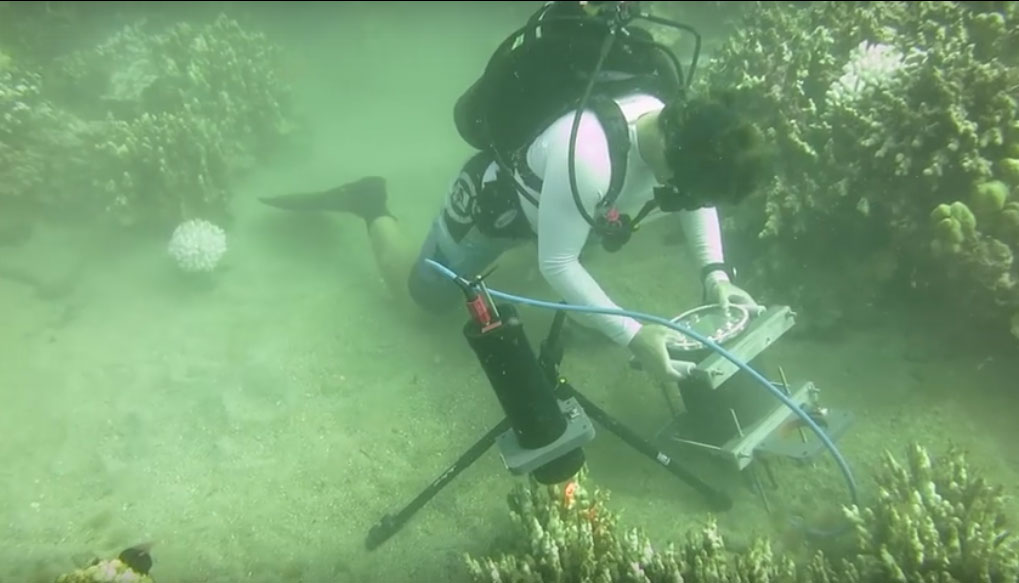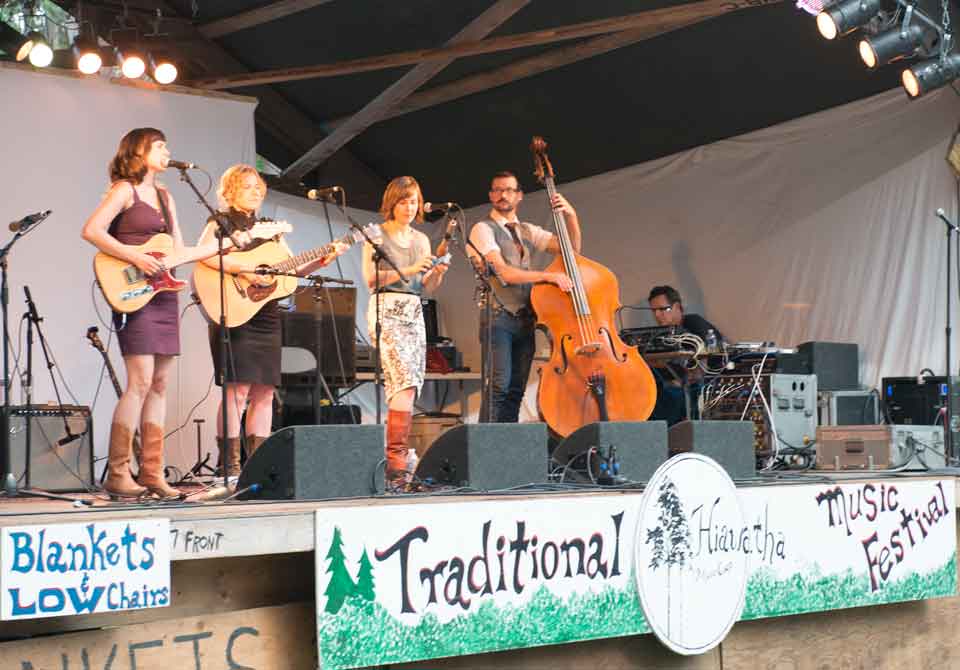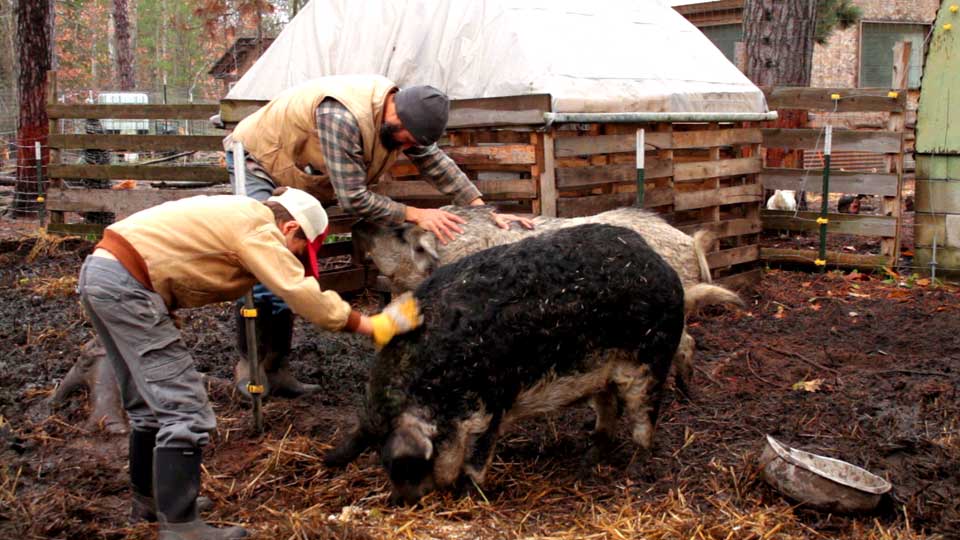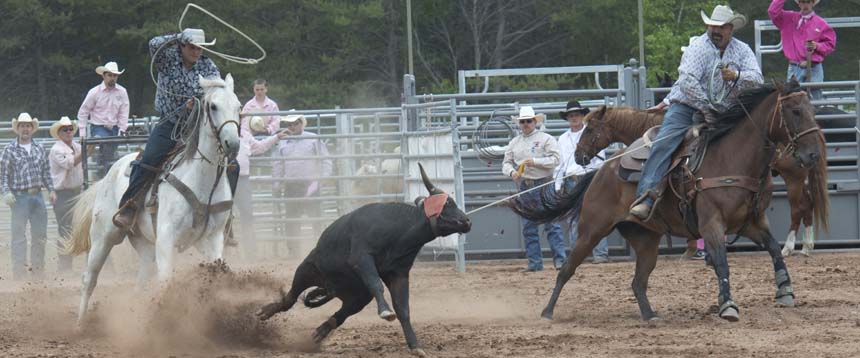Cellaring Beer: Good Things Come to Those Who Wait
By: Mark Iacopelli |
You just bought that coveted Russian Imperial Stout you have been searching for, and now the question is, drink it now or wait and see how it ages? Okay, maybe stouts are not your thing, but what other beers can you age?

Using amber bottles and keeping in cool dark environment are two important factors when cellaring your favorite craft beers. (photo by Grafvision – Fotolia)
Styles That Benefit From Aging
Typically, people believe that only high alcohol (8% or more) beers can be aged. This belief stems from the fact that alcohol helps kill and restrain bacteria growth in the beer. Big beers such as Barley wines and Imperial Stouts are usually great candidates for aging. They are typically heavy in body and have a lot of bold flavors that can be overpowering when the beer is young. With time those flavors mellow and meld together to create a more complex and refined flavor. Some other styles that are high in alcohol are Old Ales, Belgian Triples/Quadruples and Scotch Ales. As a general rule, beers that can be aged have a high alcohol content and a strong malty backbone.
However, sour ales are typically low in alcohol content (usually ranging between 3-5%) and also benefit from extensive aging. These beers gain their sourness from the use of bacteria such as Lactobacillus and/or Bettanomyces. These organisms are slow acting as they consume the sugar in the beer and drive the pH down. Sours typically condition for 6 months to several years before getting bottled. More often than not the longer sour ales age, the more sour they get.
Most hoppy beers are best when consumed young because hop character deteriorates within 6 months or so. There are rare exceptions to this, such as when a double or triple India Pale Ale (IPA) has a strong malt balance. The hop character will still diminish with time, but the maltiness will remain and have characteristics similar to a barley wine or old ale.
Proper Storage
The proper storage of your beer makes the difference between cellared beer or just an old beer. First off, most of the beer you decide to age should be set aside for at least 1-5 years. Longer aging than that is perfectly fine if you possess the willpower to not drink that lovely beer calling your name.
Another thing to remember is that all beer should be stored upright, even if it is a corked beer. People tend to worry about the cork drying out, but this is usually not an issue, even if you are cellaring for 10+ years. Although, if stored in a refrigerator this can be an issue as they are usually designed to keep humidity levels down. Because of this, it is ideal to store your beer in a cellar that has some humidity.
This brings me to my next point – proper storage temperature. The short answer is that your beer should be stored between 50-55 degrees Fahrenheit. Dark beers or high alcohol beers can keep well at up to 60F, while light beers or low alcohol beers can go as low as 45F.
The last thing to consider is light. It is best to minimize light as much as possible, especially sun light. Exposure to sunlight can “skunk” or stale a beer in as little as a few minutes. This is why most craft beers are stored in amber bottles as they can at least help slow this process by blocking out more light than other glass containers.
A Note on Purchasing and Tasting
When purchasing a beer that you intend to age, usually it is best to get at least 2 bottles: one to drink immediately for a comparison, and one that you intend to age. With beers you really like, I recommend getting 4 bottles and drinking one after each consecutive year of aging. It is also a good idea to purchase another 4 bottles each year in order to keep a continuous, rolling set of vintages. This way, each year you will be able to have a vertical tasting on every previous year plus the current year up to 5 years. By doing these vertical tastings you may find that the beer peaks at a certain year and then begins to decline after that point.
Great Michigan Brews to Cellar
Now to help you start your new beer cellar here are a number of Michigan made beers I recommend to help you start your cellar.
Bell’s Brewery – Black Note (Russian Imperial Stout)
Bell’s Brewery – Third Coast Old Ale (Old Ale)
Bell’s Brewery – Expedition Stout (Imperial Stout)
Brewery Vivant – Wizard Burial Ground (Belgian Quadruple)
Dark Horse Brewing Company – Plead the 5th (Imperial Stout)
Dark Horse Brewing Company – Double Crooked Tree (Triple IPA)
Founders Brewing Company – KBS (Russian Imperial Stout)
Founders Brewing Company – Backwoods Bastard (Scotch Ale)
Founders Brewing Company – Imperial Stout (Imperial Stout)
Founders Brewing Company – Curmudgeon (Old Ale)
Founders Brewing Company – Devil Dancer (Triple IPA)
Jolly Pumpkin Artisan Ales – Literally any of their beer (all sours)
New Holland Brewing Company – Dragons Milk (Imperial Stout)
New Holland Brewing Company – Pilgrim’s Dole (wheat wine)
Short’s Brewing Company – Bourbon Wizard (American Barley Wine)
Check out these great articles on craft beer & homebrewing by the Marquette Home Brewers:
- How To Get Started In Home Brewing
- 3 Basic Homebrewing Methods
- A Sustainable Approach To Homebrewing
- Exploring Belgium Beer
- Why To Try a “Craft Beer”
- So You’re Not a Hop Head
- Yeast And Beer: What’s The Big Deal?














You must be logged in to post a comment Login